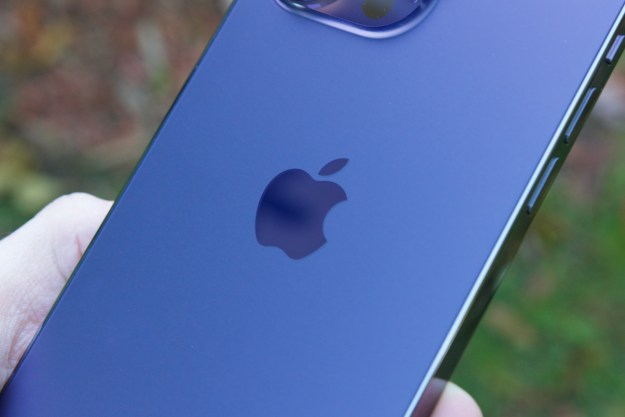The smartphone reseller SellCell has released a new report tracking the value depreciation of the leading phone models on the market, which sees Apple’s iPhone 13 come out on top by a significant margin.
SellCell’s report compares a range of models of the iPhone 13 (including the Mini, Pro, and Pro Max editions) to Google’s Pixel 6/Pro and Samsung’s Galaxy S22, S22+, and S22 Ultra. Its methodology involved the analysis of sales data for each smartphone range, considering the typical trade-in value based on units in both “good” and “like-new” conditions.
It found that the iPhone 13 line has lost relatively little value two months after its launch, with used phones going for between 9.3% to 31.2% less than new. By comparison, a used, two-month-old Pixel 6 could go for 34% to 48% less over new, while Galaxy S22s hover around the 50% mark under similar circumstances.
In SellCell’s study, the overall winner for Apple is the iPhone 13 Pro Max, which lost as little as 3.8% of its value two months after launch, assuming the unit’s in like-new condition. Several other models also fluctuate a bit in price over the course of their first two months, with units like the 13 Mini beginning to recover some value over the course of the second month.
For Samsung, the Galaxy S22+ 5G 128GB model is its fastest money-loser, although most of the Galaxy S22 models seem to be hovering around a 50% depreciation rate. The relative exception is the S22 Ultra 5G 128GB model, which “only” goes for 44% less 2 months out.

The default Pixel 6 128 GB from Google seems to age better than its more expensive counterparts, with a 2-month-old model in decent shape only losing 34.9% value. The 6 Pro, on the other hand, sits at 47.9% reduction under the same circumstances.
Resellers track phones’ value depreciation according to a variety of factors. Original equipment manufacturers (OEM) usually calculate their opening price for a new model of smartphone in order to juice the early adopters for as much as possible; more hype means a more initially expensive phone. As that hype dies down, the phone becomes commensurately less expensive over time and its resale price drops accordingly.
Other factors that play a role in value depreciation include the launch of new phones from the same OEM, the launch of competitors’ models, the release of new software and OS updates, and physical wear and tear on an individual device.
It’s been an article of faith among resellers for years that Android phones lose value a lot faster than iPhones ever do. While smartphone value depreciation is an inexact science, this is largely theorized to come down to support and supply.
Apple only releases new phones once a year and supports the old models for up to six years after launch. Android phones, by comparison, can release new models as rapidly as every few months, don’t provide anywhere near as long a tail of support for old units, and have open-source operating systems that are slightly more attractive for malicious actors.
If you’re the sort of user for whom a phone’s resale value plays any role whatsoever in your adoption decisions, the iPhone has been the obvious choice here for years. That seems to be a trend that’s repeating in the current generation of mainstream smartphones.
Editors' Recommendations
- Here’s how Apple could change your iPhone forever
- 5 phones you should buy instead of the Google Pixel 8
- Every foldable phone we’re expecting in 2024
- iPhone 16: news, rumored price, release date, and more
- This is our best look yet at the iPhone 16’s big design changes


